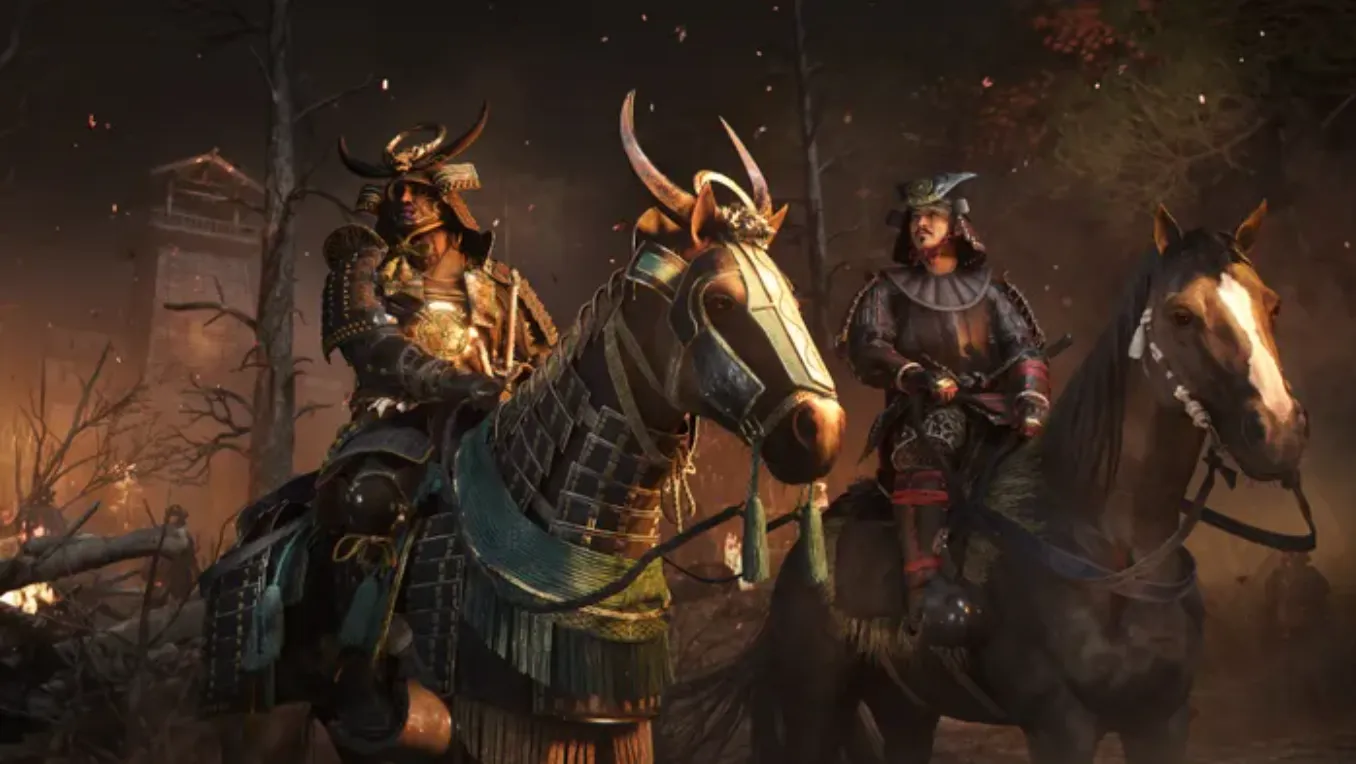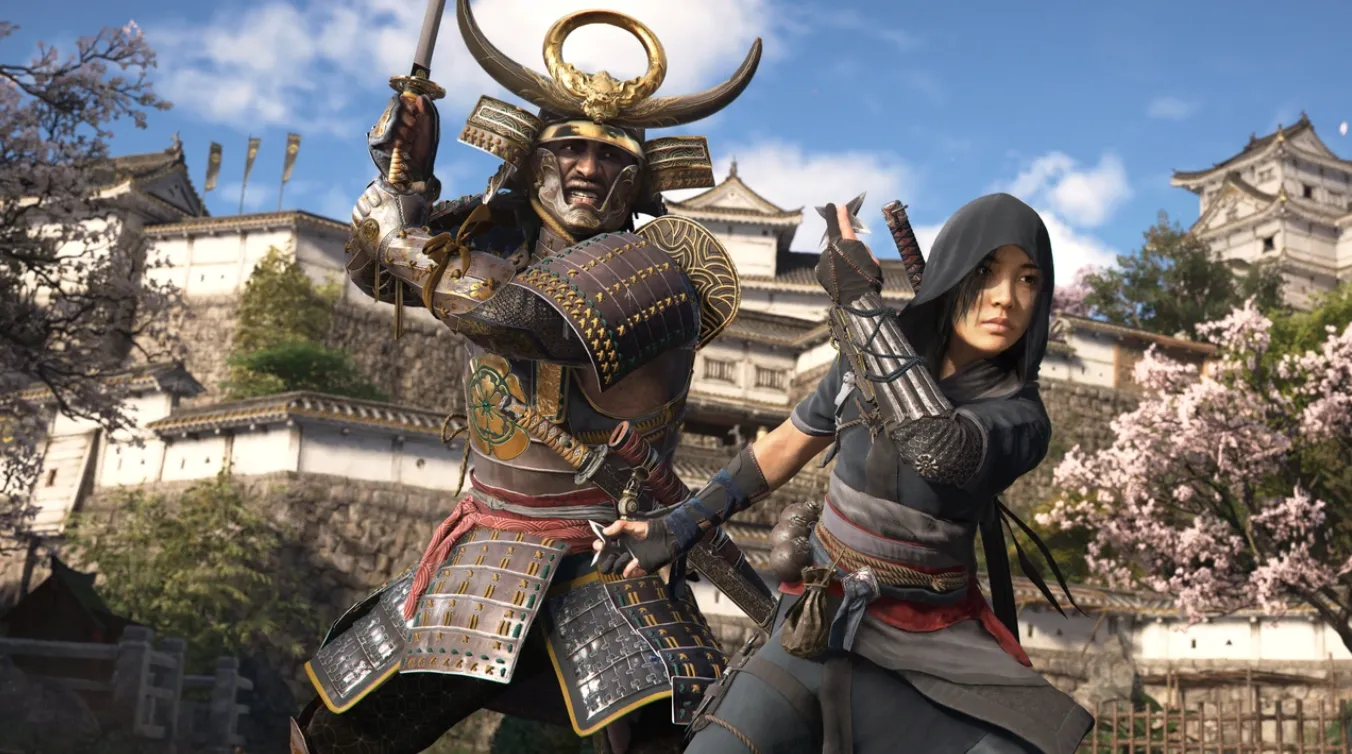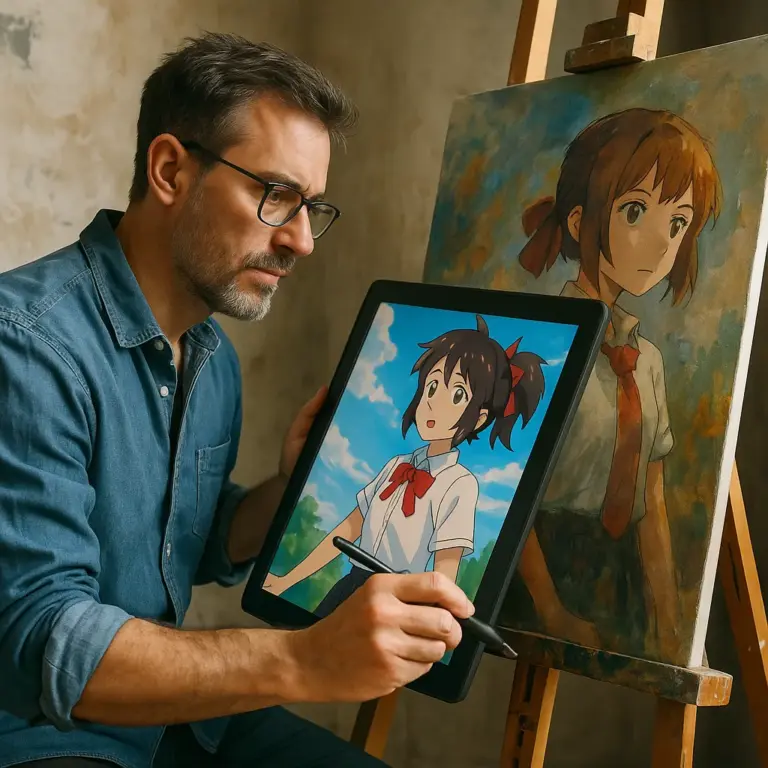Jonathan Dumont of Ubisoft Quebec explains how deep historical research into feudal Japan made Assassin’s Creed Shadows a more authentic and emotionally resonant game.
The Assassin’s Creed series has long been praised for its stealth-action gameplay and memorable protagonists. But for many fans, the real triumph of the franchise lies in how it brings rich historical settings to life through open-world exploration. Nearly 20 years after the series’ debut, Ubisoft is finally taking players to feudal Japan in Assassin’s Creed Shadows — a long-requested setting now riding a renewed wave of interest thanks to the success of FX’s Shōgun.
Though historical Japan has been explored in games like Ghost of Tsushima and Sekiro: Shadows Die Twice, seeing it through Assassin’s Creed’s unique lens is especially compelling. The franchise blends political intrigue, speculative fiction, and action in ways that uncover lesser-known aspects of culture and history — all while staying true to its roots in stealth, player freedom, and immersive world design.
While samurai and ninja may feel like a natural evolution for the series, Ubisoft Quebec emphasized that adapting Japan required a process of cultural humility and learning.
Why Assassin’s Creed Finally Went to Japan
After experimenting with multiple protagonists in games like Syndicate, Odyssey, and Valhalla, Shadows introduces two distinct playable characters: Yasuke, the legendary African samurai, and Naoe, a ninja driven by memory and revenge. Set during the turbulent Sengoku period, the narrative weaves in historical figures like Oda Nobunaga and Tokugawa Ieyasu, along with the transformative arrival of Western influences.
Creative director Jonathan Dumont explains that the delay in choosing Japan wasn’t due to lack of interest, but rather a combination of timing, team readiness, and technical challenges in portraying feudal Japan’s evolving architecture and natural diversity.
“This was a defining moment in Japanese history,” said Dumont. “The country became a cultural melting pot, and everything changed quickly over those 30 years of unification. Cities formed around castles, samurai shifted from rural to urban roles, trade expanded due to war, and merchants began rising in social status. It was a perfect fit for Assassin’s Creed.”
The Importance of Yasuke — and Backlash Rooted in Prejudice
Yasuke is the first Assassin’s Creed protagonist based on a real historical figure. Introduced in the prologue as a man enslaved and brought to Japan by Jesuits, he’s met with curiosity and skepticism by locals. Over time, he earns Nobunaga’s trust, trains as a samurai, and begins a journey of honor and transformation alongside Naoe. transformação ao lado de Naoe.

Despite his historical roots — and appearances in games like Nioh and Samurai Warriors — Yasuke’s inclusion drew backlash online. Critics ignored the historical record and overlooked how well his story fits within Assassin’s Creed’s ethos: highlighting underrepresented figures and challenging traditional narratives.
For the developers, Yasuke represents a vital bridge between a global audience and Japanese culture — a foreigner learning and adapting, much like many players themselves.
A Development Team That Became “Students of History”
Dumont praised actor Tongayi Chirisa for bringing the right mindset to Yasuke’s role: open, respectful, and eager to learn. That same spirit shaped the development team’s approach.
“Making a game like this is like going back to school,” Dumont said. “You have to study, confront what you think you know with real cultural insights, and stay humble. Representing another culture demands sensitivity — that’s why we worked with experts, traveled to Japan, and did the research.”
In addition to Yasuke, players also control Naoe, who embodies classic Assassin’s Creed traits like stealth, agility, and introspection. Side missions include meditation rituals and a village-building mode, reminiscent of Animal Crossing, where players can form alliances and foster community — reinforcing the game’s central theme of unity.
A New Perspective on Japan — and on Game Design
Working on Shadows transformed how the team views Japan’s relationship with nature, architecture, and spirituality.
“At first, we didn’t fully grasp that connection to the natural world,” Dumont admitted. “But after visiting temples and forests, we saw how everything is in harmony. That shifted our focus and gave the experience more depth.”
Unlike Valhalla, which emphasized vast open-world exploration, Shadows opts for a more compact, detail-rich map that prioritizes environmental storytelling and community-building. The game’s themes — unity, transformation, and empathy — are expressed not just through its characters but through its design philosophy.
Though it retains classic elements — intense combat, parkour, and assassination — Assassin’s Creed Shadows pushes the franchise forward. Backed by extensive historical research and cultural respect, it offers a sensitive, visually striking, and meaningful experience. A new chapter for the series — and a powerful tribute to feudal Japan.




